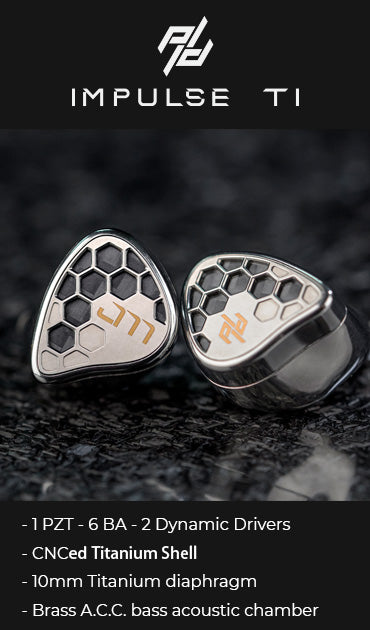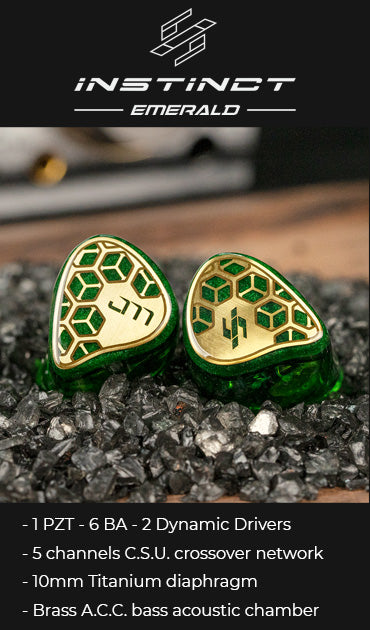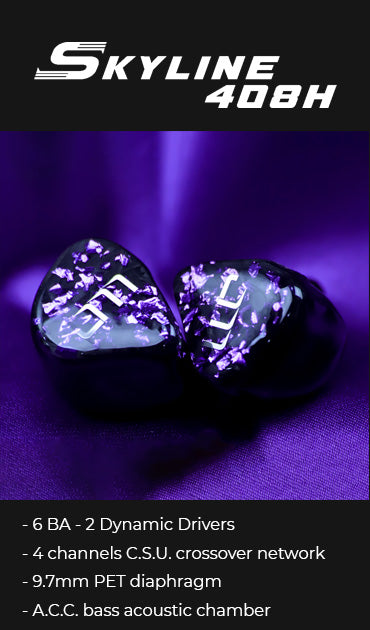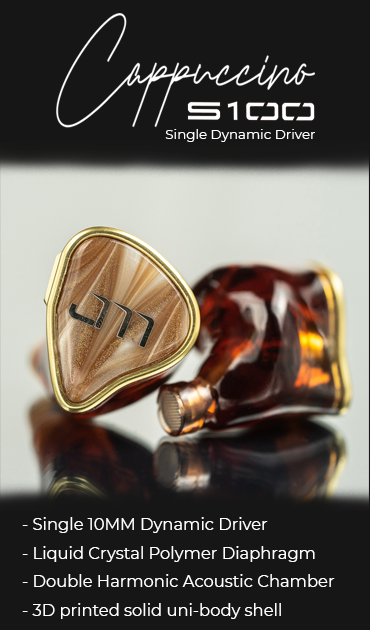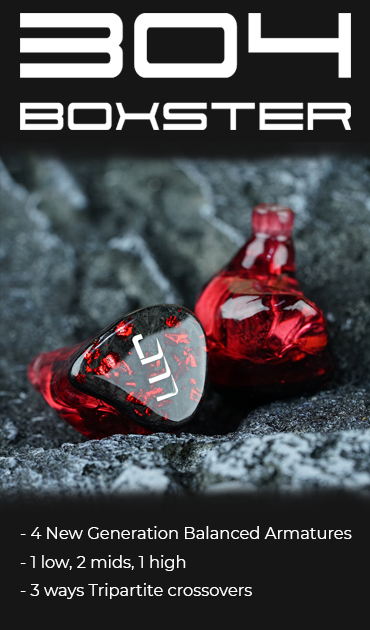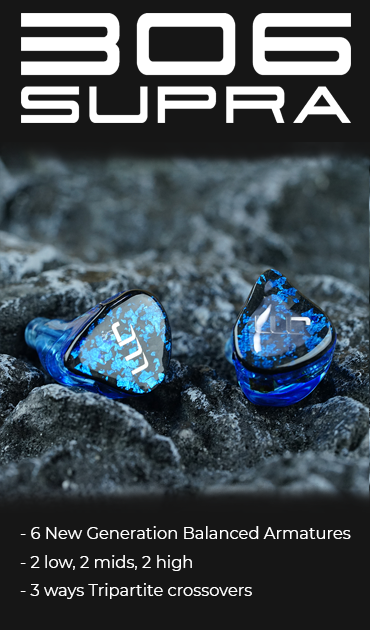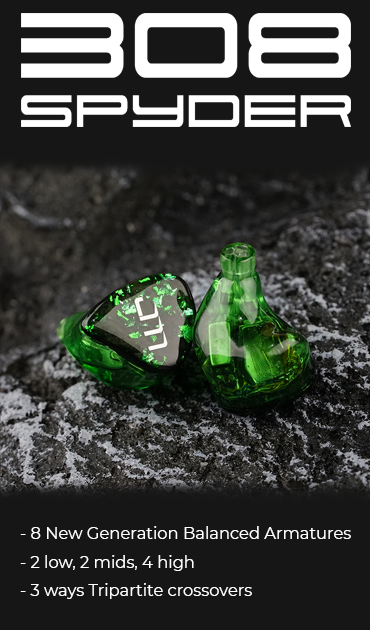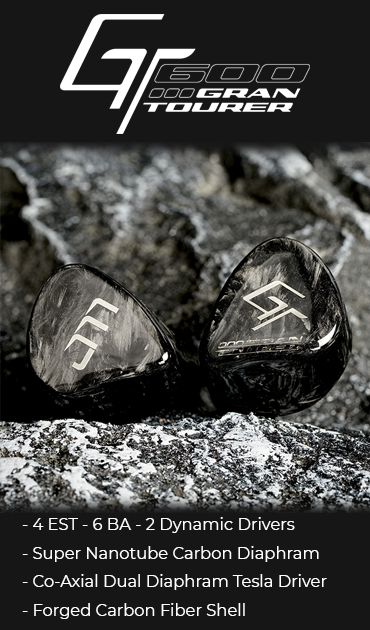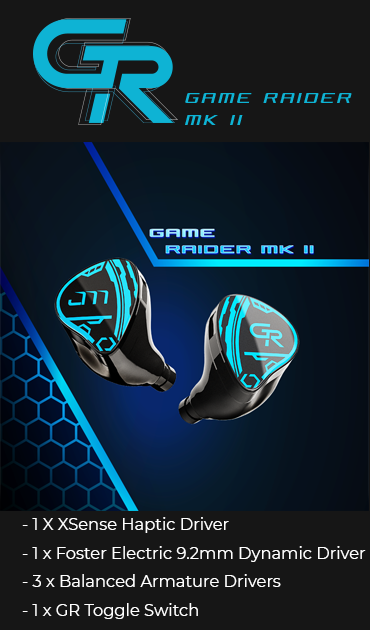In the world of in-ear monitors (IEMs), the choice of shell material plays a crucial role in shaping not only the physical appearance but also the sound characteristics of the final product. Among the myriad of materials available, titanium, stainless steel, stabilized wood, and ceramic stand out for their unique properties and characteristics. Let's delve into each of these materials to understand their suitability for crafting high-quality IEMs.
-
Titanium: Titanium is a lightweight and durable metal renowned for its exceptional strength-to-weight ratio. Its properties make it an ideal choice for crafting IEM shells, offering robustness without compromising on comfort. Titanium shells provide excellent resonance control, resulting in a clean and detailed sound reproduction. Moreover, titanium's hypoallergenic nature ensures compatibility with a wide range of users, making it a popular choice among audiophiles seeking durability and sonic precision.
-
Stainless Steel: Stainless steel is prized for its strength, corrosion resistance, and sleek appearance. When used as a shell material in IEMs, stainless steel offers excellent durability and a distinct aesthetic appeal. Its density and acoustic properties contribute to a balanced sound signature with enhanced bass response and smooth midrange. Stainless steel IEMs often exhibit a warmer and more natural sound, making them suitable for various music genres. Additionally, the durability of stainless steel ensures longevity, making it a reliable choice for audiophiles seeking longevity and timeless design.
-
Stabilized Wood: Stabilized wood is a unique material that undergoes a stabilization process to enhance its durability and resistance to moisture and temperature changes. As an IEM shell material, stabilized wood offers a luxurious and organic aesthetic, with each piece boasting unique grain patterns and colors. Beyond its visual appeal, stabilized wood contributes to a warm and natural sound signature characterized by rich and textured midrange tones. The density of stabilized wood helps in reducing unwanted resonances, resulting in a smooth and immersive listening experience. Stabilized wood IEMs are favored by enthusiasts seeking a blend of craftsmanship, aesthetics, and sonic warmth.
-
Ceramic: Ceramic is valued for its hardness, scratch resistance, and thermal stability, making it an intriguing choice for IEM shells. Ceramic shells exhibit excellent durability and a premium, glossy finish, adding a touch of elegance to the overall design. Acoustically, ceramic offers a neutral and transparent sound signature, allowing for accurate audio reproduction with minimal coloration. Its density helps in reducing resonance and distortion, resulting in clean and detailed sound quality across the frequency spectrum. While ceramic IEMs may be heavier than other materials, they appeal to users seeking precision, clarity, and durability in their audio experience.
In conclusion, the choice of shell material in IEMs significantly impacts both the physical durability and sonic characteristics of the final product. Whether it's the lightweight strength of titanium, the sleek elegance of stainless steel, the organic beauty of stabilized wood, or the precision of ceramic, each material offers a unique blend of aesthetics and acoustics to cater to diverse preferences among audiophiles. Ultimately, the best choice depends on individual preferences for comfort, sound signature, and design aesthetics.


